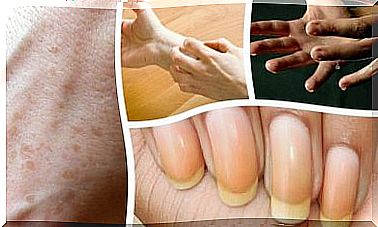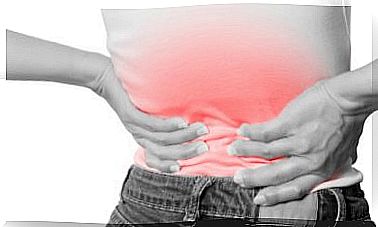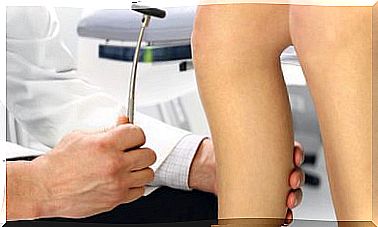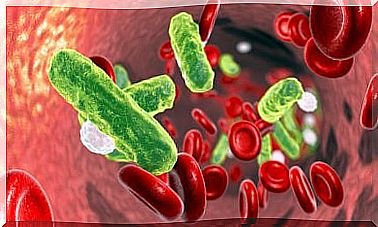Gingivitis Or Inflammation Of The Gums
Gingivitis or inflammation of the gums is a very common and annoying pathology. In fact, more than half of the adult population has suffered from this disease at least once.
Although most gingivitis are not serious, they can become complicated and give more serious conditions such as periodontitis, which can cause the mobilization or even loss of the teeth. For this reason, it is interesting to know the early symptoms of this pathology to avoid complications.
What are the gums?
The gums are a fibromucous tissue that covers the surface of the maxillary and mandibular bones and the base of the teeth. It is pale pink in color and forms a supporting tissue for the teeth.
The part that lines the base of the teeth is called fixed or attached gingiva . The gingiva that lines the dental alveoli (part of the maxillary and mandibular bone where the teeth are inserted) is the free gum. The two types of gums come together in the spaces between the teeth, forming the interdental papillae.
Why does gingivitis occur?

Various types of bacteria live in the mouth or oral cavity. They constitute what is known as bacterial plaque. When these microorganisms proliferate, the gums defend themselves. This defense consists of an inflammation, appearing gingivitis.
This proliferation usually arises due to poor oral hygiene, which causes an accumulation of bacterial plaque. In gingivitis, the bacteria only reach the gum, which is the most superficial part. At this point the damage is reversible.
If plaque affects the underlying tooth or bone, irreversible damage occurs. It is what is known as periodontitis.
In addition to poor oral hygiene, there are other factors that can contribute to the appearance of gingivitis:
- Infections or allergic reactions.
- Consumption of certain medications, such as corticosteroids.
- Endocrine disorders: some gingivitis pictures are associated with hormonal changes such as pregnancy, puberty or diabetes mellitus.
- Malnutrition: certain nutritional deficits can cause gum disorders, such as scurvy caused by a lack of vitamin C.
Gingivitis symptoms
Inflammation of the gums may go unnoticed at first. It starts with bleeding or pain when brushing the teeth, which is sometimes not associated with anything pathological.
As the picture progresses, the gums turn red and their sensitivity increases. This is why activities like eating or brushing your teeth become very painful. Bleeding can become spontaneous. In some cases of gingivitis, bad breath or halitosis can also appear.
Gingivitis diagnosis
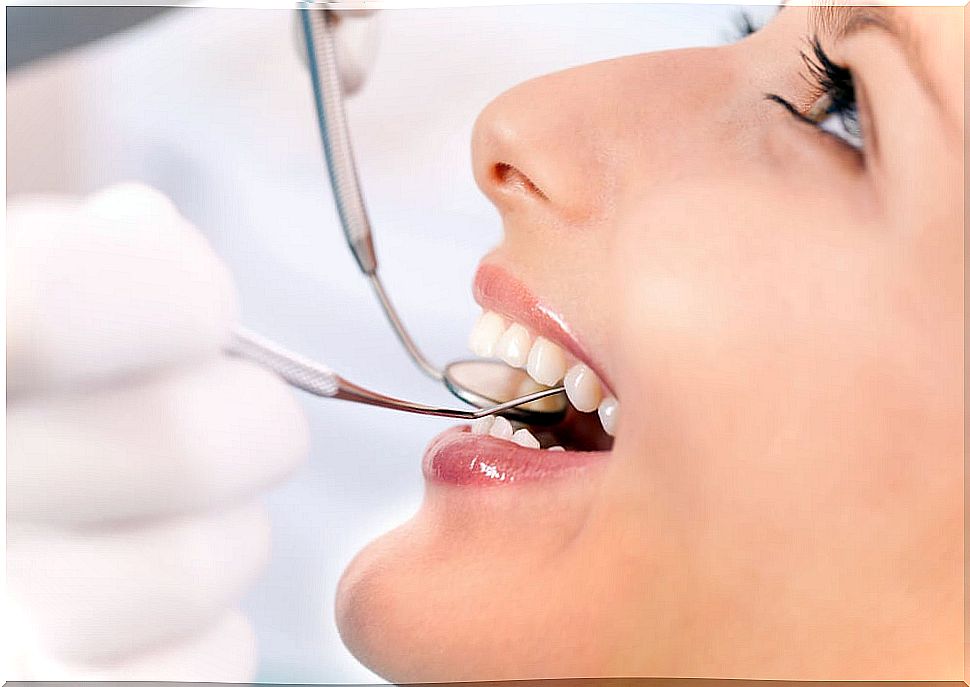
The diagnosis of this picture is simple since it is usually visible with a simple observation of the mouth. The gums will appear red and swollen, forming arches around the teeth. In addition, if the bleeding is abundant it will also be seen.
Sometimes plaque can also be seen at the base of the teeth. If you notice mobility in the teeth or recession of the gums, you should quickly go to a specialist, as these are signs that warn of possible periodontitis.
Risk factor’s
On the other hand, there are a series of risk factors that entail a greater danger of evolution to this condition:
- Stress.
- Smoking
- Use of some drugs.
- Chronic diseases, such as diabetes mellitus .
Read: Natural treatment of gingivitis or bleeding gums
Prevention and treatment of gingivitis

To prevent the appearance of gingivitis, it is important to brush your teeth at least twice a day, since it alters the structure of the bacterial plaque and prevents its proliferation.
It is also advisable to use antiseptic mouthwashes and dental floss, which help eliminate food debris and possible accumulations of microorganisms in areas not accessible with the toothbrush.
The treatment of inflammation of the gums usually consists of a mouth cleaning. The use of antisetic mouthwashes or interdental brushes can also be associated.
